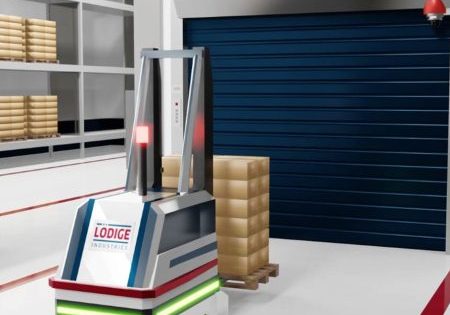Reducing the scope for human error by adopting new-age progression
In an age marked by unprecedented technological advancements, it is important to harness the power of innovation to enhance safety in this industry. A significant challenge faced is the potential for human error, which can lead to costly accidents, injuries and even loss of life. To address this critical issue, the adoption of new-age progression in technology is emerging as a game-changer. This essay explores the ways in which technology upgradation is reducing the scope for human errors, ultimately leading to improved safety in diverse domains.
Human Error
Human error is a ubiquitous element in virtually every field, from healthcare to aviation to manufacturing and even vertical transportation (VT). It arises from a multitude of factors, including fatigue, stress, lack of training and distraction. The consequences of human error can be dire, often resulting in accidents, property damage and loss of human life. Therefore, finding effective ways to minimize or eliminate human error is of paramount importance.
Technology Upgradation
A. Automation and AI
One of the most potent ways to reduce human error is through the implementation of automation and AI. These technologies can take over routine, repetitive tasks that are prone to errors when performed by humans. For instance, in the aviation industry, autopilot systems assist in navigation and reduce the risk of human error during long flights. Similarly, in elevator manufacturing or installation, robots can handle dangerous or intricate tasks with precision and consistency, mitigating the chances of human mistakes. Robots can also mitigate issues related to working at heights.
B. Predictive Analytics
Another facet of new-age progression is the integration of predictive analytics. By analyzing large datasets and historical patterns, predictive analytics can identify potential sources of error before they occur. In VT, predictive analytics can help professionals anticipate issues related to manufacturing, installation and maintenance, enabling timely intervention and reducing errors and breakdowns. This technology can enhance route planning and reduce accidents through early identification of potential hazards.
C. Human-Machine Collaboration
Rather than replacing humans entirely, new-age technology encourages collaboration between humans and machines. This synergy can result in a safer work environment while benefiting from the unique strengths of both. For example, in construction, exoskeletons can augment human capabilities, reducing physical strain and minimizing errors related to fatigue. In the elevator industry, laser-based measurement tools can help avoid measurement-related accidents. AI-powered tools assist human analysts in identifying and mitigating threats more effectively.
Improved Safety
The adoption of remote elevator monitoring through the Internet of Things (IOT) for predictive diagnostics has improved outcomes by reducing diagnostic errors, enhancing measures for rectification of any potential hazard in advance.
The VT sector has seen remarkable advancements in safety through technology upgradation. Technology promises to reduce human errors specifically related to component-level failures as well as analyzing similar related issues across the product distribution and territories.
Manufacturing industries have made strides in improving safety by adopting robotics, IoT sensors and data analytics. These technologies enable real-time monitoring of equipment and processes, reducing the likelihood of equipment failure and associated safety hazards. Furthermore, the use of wearable devices and augmented reality can provide workers with vital information, enhancing their safety and efficiency.
Ethical and Societal Implications
While technology upgradation undoubtedly offers immense potential for reducing human error and enhancing safety, it also raises ethical and societal concerns. As we increasingly rely on automation and AI, questions about job displacement, privacy and cybersecurity become paramount. Addressing these concerns will be essential to ensure a harmonious integration of technology and human capabilities.
Conclusion
Technology upgradation and the adoption of new-age progression are pivotal in reducing the scope for human errors in the industries. Automation, AI, predictive analytics and human-machine collaboration are reshaping the landscape of safety. Advancements in technology are fostering safer environments, minimizing accidents and saving lives. However, it is crucial to navigate the ethical and societal implications of this progress carefully. Ultimately, the synergy between humans and technology represents a promising path toward a safer and more efficient future.
Get more of Elevator World. Sign up for our free e-newsletter.







